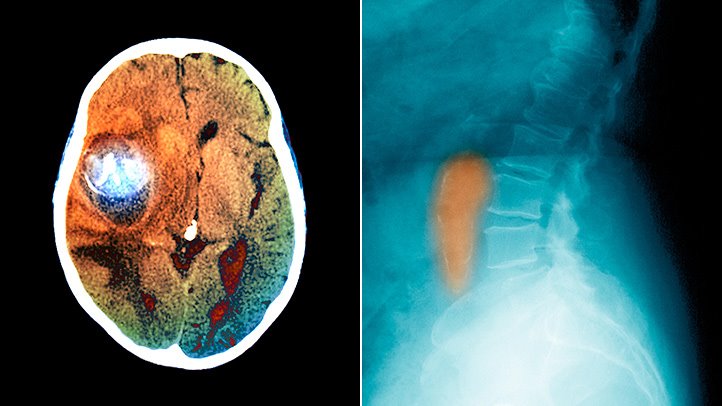
(Julie Revelant/ Everyday Health) — An aneurysm occurs when part of an artery’s wall weakens, causing it to bulge or widen. Aneurysms can occur due to poor diet, high blood pressure, high cholesterol, atherosclerosis, obesity, smoking, and using drugs that spike blood pressure, like cocaine.
Aneurysms are most commonly found in the arteries of the brain or in the aorta — the largest artery in the body, which runs from the heart to the lower abdomen — but they can also form in other parts of the body. Although some people are born with diseases and health conditions that predispose them to aneurysms, and they can run in families, others develop them later on in life with no warning, says George P. Teitelbaum, MD, an interventional neuroradiologist and director of the stroke and aneurysm center at Providence Saint John’s Health Center in Santa Monica, California.
Here’s a look at the various types of brain aneurysms and what you need to know about them.
A brain aneurysm, also referred to as a cerebral or intracranial aneurysm, is a weak or thin spot in an artery in the brain. Over time, pressure from blood pressure creates wear and tear on the artery and causes an “outpouching,” or bulge, to form. (…)